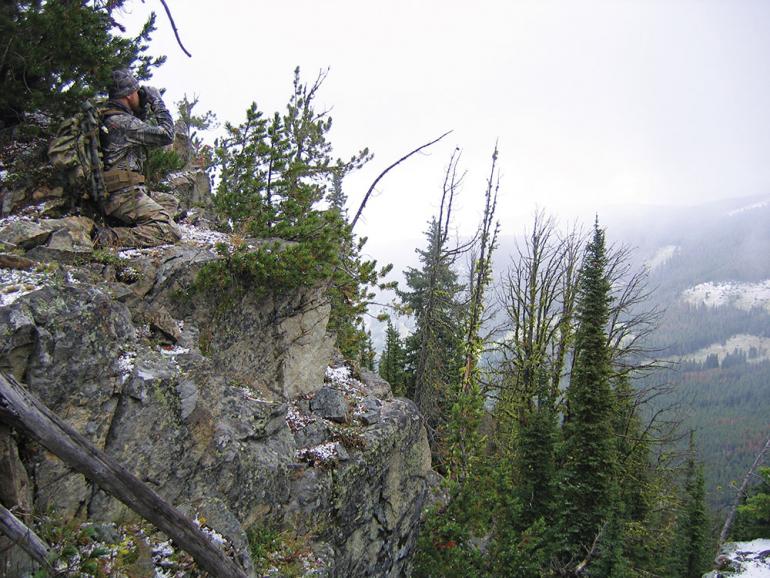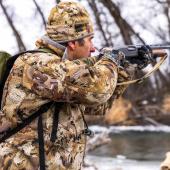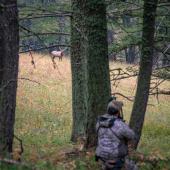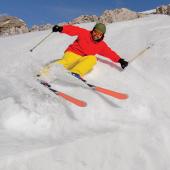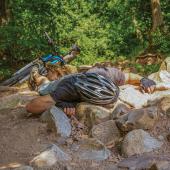Primed & Ready
How to avoid injury this hunting season.
For many Montanans, hunting season is highly anticipated each fall. It provides us with a chance to get out into the backcountry, spend time with friends and family, and hopefully put some meat in the freezer. It’s also a physically demanding activity that requires adequate preparation. By following a few simple guidelines, you can both improve your chances of success and return home healthy.
Strength & Endurance
The best fitness approach for a backcountry hunter includes exercises that build strength and increase metabolic conditioning. Resistance training is beneficial for improving strength in our muscles and surrounding connective tissue. It also provides a protective effect to our joints by reducing stresses absorbed by the joints during repetitive activities such as climbing steep hills with a heavy pack. Metabolic conditioning improves the body’s ability to operate at varying heart rates and builds cardiovascular endurance. This approach includes a mix of slow, long-distance exercise at a low-to-moderate heart rate, as well as short, high-intensity intervals done at near-maximal exertion. Put simply, improving metabolic conditioning allows you to hunt longer while minimizing fatigue. Metaphorically speaking, strength-training builds a strong frame while metabolic conditioning develops a high-horsepower engine.
Strong Core, Healthy Back
A strong midline is crucial for protecting the back during the physical demands of a hunt. In the field, you’ll be carrying heavy packs, lifting quarters, and moving animals to and fro. To build a strong core capable of performing varying demands requires exercises that challenge every plane of motion, and simulate the specific movements necessary. If you aren’t sure where to begin, give the following exercises a try:
Heavy single-arm kettlebell carry
Plank and side-plank
Pallof press
Sled push and pull
Phased Approach
One of the main reasons hunters get injured is increasing activity too quickly once hunting season begins. We all know the people who sit on the couch all summer and magically expect to be hiking hard mountain miles in the fall. Without adequately progressing activity, your chance of tissue breakdown and injury grows. For this reason, it’s important to begin training at least six to eight weeks before the season. Aim to increase activity week-by-week until your training volume mimics the volume you expect to see during the season.
Pre-Existing Injuries
Before heading into the field, make sure to address any nagging injuries that could hamper your ability to perform. The last thing you need when chasing a bull is to have a seemingly small issue turn into a big pain, leaving you limping to the truck earlier than planned. The tips described can help in this process. However, it is best to consult with a trained professional, such as a physical therapist, who can help you address the issue and feel confident heading into opening weekend.

